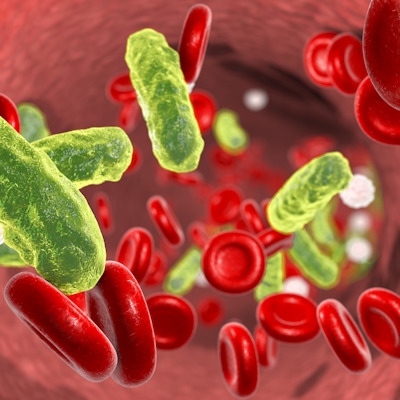October 24, 2022 -- Researchers from Georgia have developed new tools and approaches to image, monitor, and explore heme in biological systems to learn how organisms handle this essential but potentially cytotoxic metabolite.
The iron-binding molecule is essential for life but how heme is mobilized from sites of synthesis and storage for use in cells has not been clear, until now. Scientists at the Georgia Institute of Technology collaborated with Zhejiang University and the University of Maryland School of Medicine and found a previously uncharacterized protein, HRG-9, also called TANGO2 (Nature, October 19, 2022).
The protein helps mobilize heme from sites of synthesis or storage for use in metabolism. The discovery of the new protein may serve as a new therapeutic target in disease contexts; for example, to limit heme, to starve cells of it, or to cause heme to over-accumulate and render it toxic to cells.
Understanding the mechanisms of heme trafficking could provide clues about how such "essential toxins" are trafficked throughout the cell and inspire therapeutic strategies to treat diseases associated with heme dysregulation, including anemias, porphyrias, and certain neurodegenerative and cardiovascular disorders, according to the authors.
Copyright © 2022 scienceboard.net







